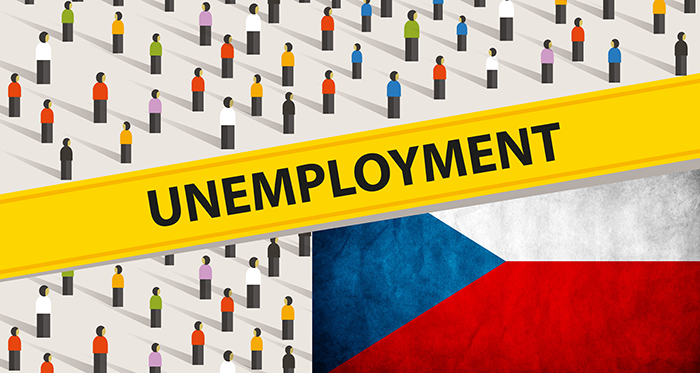Czech unemployment rises to 4.4% amid seasonal trends and weak industry
Unemployment in the Czech Republic increased to 4.4% in February, up from 4.3% in January, as the number of registered job seekers reached 326,223, marking a month-on-month increase of 5,777. Compared to the same period last year, the unemployment rate has risen by 0.4 percentage points, according to data released by the Labour Office of the Czech Republic.
Analysts attribute this rise primarily to seasonal factors but also point to weak performance in key industrial sectors as a contributing factor. However, they anticipate that unemployment will decline in the coming months with the start of seasonal employment. Pavel Sobíšek, chief economist at UniCredit Bank, noted that the current unemployment level is the highest in eight years, influenced both by usual seasonal trends and structural changes in the economy. Redundancies have been particularly noticeable in the industrial sector, where lower demand has resulted in job losses.
Labour Office Director General Daniel Krištof observed that while unemployment has been rising gradually, the arrival of seasonal job opportunities is expected to absorb some of the workforce, particularly benefiting male job seekers. He also pointed to a positive development, highlighting that the number of job vacancies registered with the Labour Office increased by more than 5% compared to January, reaching 88,062 by the end of February.
Regional disparities in unemployment rates remain significant. The highest unemployment rate was recorded in the Ústí nad Labem region at 6.6%, followed by the Moravian-Silesian Region at 6.1% and the Karlovy Vary Region at 5.3%. Prague maintained the lowest unemployment rate at 2.9%, with the Central Bohemian Region following at 3.5%. Month-on-month, unemployment increased in ten regions, with the largest rises in Karlovy Vary and Ústí nad Labem, both up by 0.2 percentage points.
On average, there are about 3.7 job seekers per vacancy across the country. However, significant regional differences persist. The Karviná district has the highest job market pressure, with 27.1 applicants per available position, while in Mladá Boleslav, the ratio is just 0.7 applicants per vacancy.
Analysts believe unemployment likely peaked in February and expect it to decline in the coming months. With seasonal employment opportunities increasing and strong demand for workers in the service sector, the labour market is expected to recover. However, compared to previous years, the unemployment rate is forecasted to remain slightly elevated. Vít Hradil, chief economist at Cyrrus, predicts an average unemployment rate of 4% for 2025, up from last year’s 3.8%. Despite this, he emphasized that the Czech Republic will likely continue to rank among the European Union countries with the lowest unemployment rates.
Source: Labour Office of the Czech Republic










